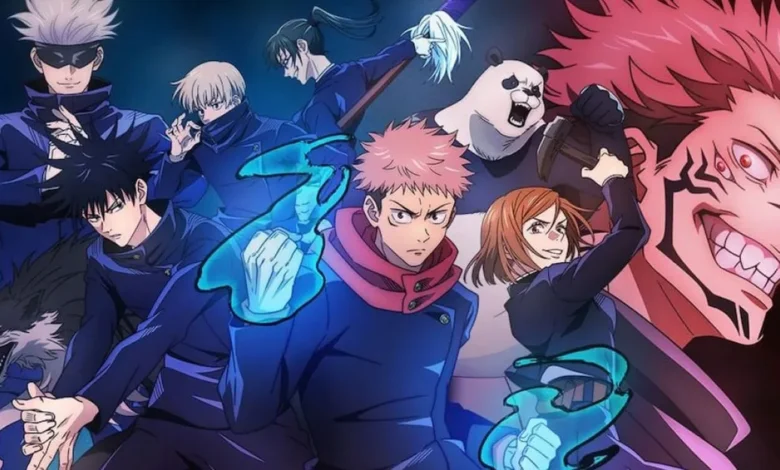Art:0zckw-Jitfq= Chibi

Art:0zckw-Jitfq= Chibi represents a fascinating intersection of cultural expression and artistic innovation, emerging from Japan’s vibrant manga and anime scene in the late 20th century. Its distinctive characteristics, including oversized heads and diminutive bodies, serve not only to convey emotions but also to engage audiences in a playful narrative. As this style has transcended its origins to become a staple in global pop culture, one must consider the implications of its widespread appeal. What does the continued fascination with chibi reveal about contemporary artistic trends and consumer behavior?
Origins of Chibi Art
The origins of Art:0zckw-Jitfq= Chibi can be traced back to the late 20th century, emerging as a distinctive style within the broader context of Japanese manga and anime.
Its evolution reflects a playful reinterpretation of characters, emphasizing exaggerated features and simplicity.
This chibi history signifies a cultural shift, celebrating youthful exuberance and creativity, enabling artists to express freedom through whimsical and endearing representations.
Read more: Art:0vyumlyisl8= Chainsaw Man Drawing
Key Characteristics of Chibi
Chibi art stands out through its distinctive characteristics that capture the essence of cuteness and simplicity. Notably, chibi proportions feature oversized heads and diminutive bodies, creating an endearing visual appeal.
Additionally, chibi expressions amplify emotional resonance, employing exaggerated facial features to convey feelings vividly. This unique blend of proportions and expressions fosters a playful, whimsical atmosphere, inviting audiences to embrace their imaginative freedom.
Techniques for Creating Chibi
Creating chibi art requires a careful balance of technique and creativity to achieve the desired effect of cuteness and charm.
Employing proportional exaggeration is vital; large heads and small bodies amplify the character’s endearing qualities.
Additionally, careful attention to facial expressions enhances emotional resonance, allowing the character to convey joy, sadness, or mischief.
Mastering these techniques fosters a captivating connection with the audience.

Chibi in Modern Culture
In recent years, the chibi art style has transcended its origins in Japanese anime and manga, establishing itself as a significant cultural phenomenon around the globe.
The rise of chibi merchandise reflects the growing chibi fandom, which embraces its playful aesthetics and emotional expressiveness.
This phenomenon illustrates a broader trend of cultural exchange, where art forms adapt and thrive across diverse contexts and communities.
Read more: Art:0yn_0ix8ceo= Kitsune
Conclusion
In summary, Art:0zckw-Jitfq= Chibi encapsulates a unique blend of innocence and whimsy, serving as a visual gateway to a realm where exaggerated features and playful proportions evoke profound emotional connections. This artistic style, akin to a delicate blossom in a vast garden of creativity, continues to flourish within contemporary culture, transcending geographical boundaries. The enduring appeal of chibi art lies in its ability to resonate with diverse audiences, inviting them to embrace the charm of simplicity and imaginative expression.






